This comprehensive guide will dig into what to plant in July in Missouri, organized by category to help you navigate your gardening decisions.
Vegetables To Plant
Planting vegetables in July can lead to a fruitful fall harvest. Here are ten types of vegetables that thrive when planted during this time in Missouri.
Bush Beans
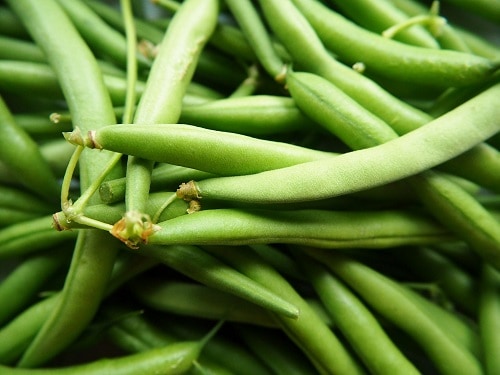
Bush beans are an excellent choice for July planting, thriving in the warm summer months. They are tolerant of warmer temperatures, flourish when soil temperatures range from 70°F to 90°F, and typically take about 50 to 60 days to mature. In Missouri’s zones, sow seeds directly into the soil 1 inch deep, spacing them about 2 to 4 inches apart. This planting will yield a bountiful harvest in late summer and early fall.
Cucumbers
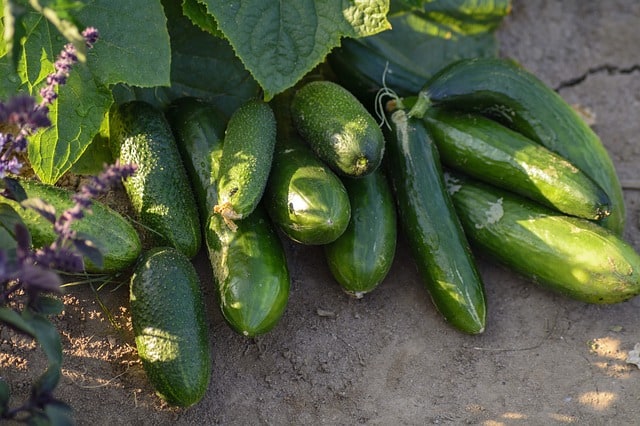
Cucumbers are fast-growing and can be planted in early July for a late summer harvest. They prefer soil temperatures of 70°F or higher and do well with consistent moisture. Plant seeds 1 inch deep and about 36 inches apart or use transplants for an earlier start. The typical 50 to 70 days to maturity means that by late August, you’ll be harvesting crisp cucumbers to enjoy fresh or pickled.
Radishes
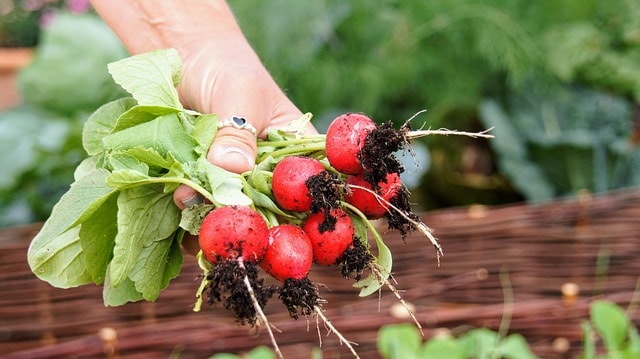
Charming for their rapid growth, radishes are a fantastic crop for July planting. They mature quickly, generally within 25 to 30 days, and thrive in cooler weather. Plant in well-drained soil with temperatures ranging from 50°F to 85°F. Sow seeds directly into the ground about ½ inch deep and 1 inch apart. By the end of July, you can enjoy this crunchy addition to your salads.
Spinach
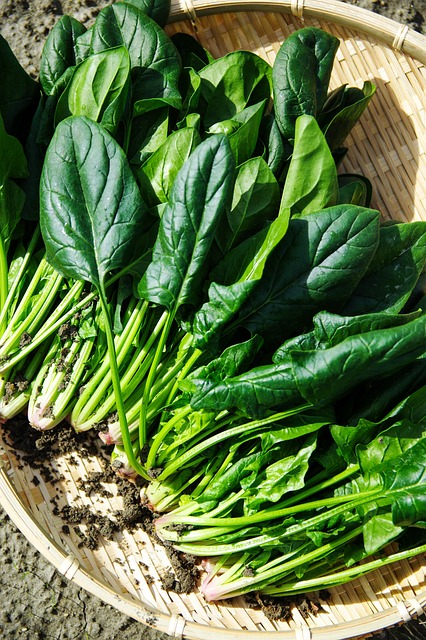
Spinach can be successfully sown in July in Missouri’s cooler zones for a fall harvest. This leafy green enjoys cooler weather, with optimal growth at temperatures between 50°F and 70°F. To plant, sow seeds ½ inch deep in rows spaced about 12 inches apart. With a maturation time of 40 to 50 days, you can expect fresh spinach just in time for fall salads.
Beets

Beets are another great vegetable to plant in July. They are quite tolerant of varying temperatures but prefer cooler weather as they mature. Containing vital nutrients, they can thrive with soil temperatures at 60°F or above. Sow seeds 1 inch deep and space 2 to 4 inches apart, and you’ll be rewarded with soft roots and tender greens in late summer or fall.
Winter Squash
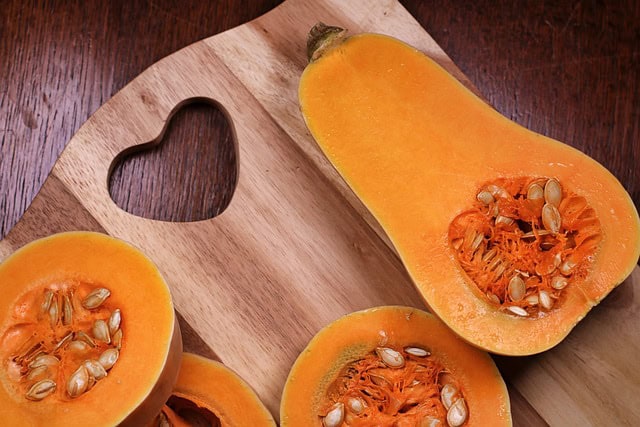
If you’re excited about future harvests, consider planting winter squash in July. Varieties like Acorn and Butternut are well-suited for this time frame as long as soil temperatures are above 70°F. Plant the seeds 1 inch deep, with a spacing of about 3 feet apart, as these plants spread. Expect a harvest in about 80 to 100 days, ideal for enjoying throughout the winter months.
Carrots
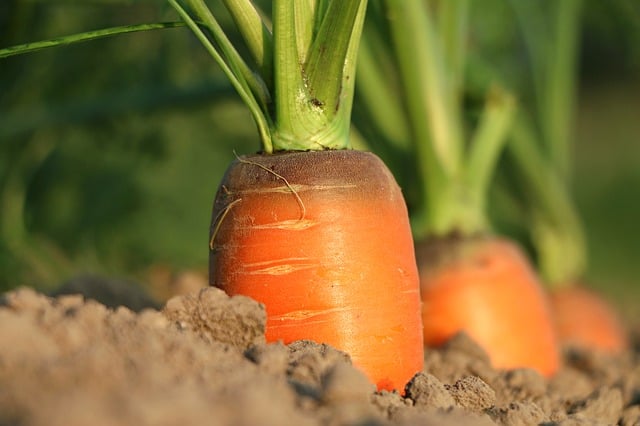
Carrots can be sown in July for a fall harvest. They thrive in cooler weather, making them suitable for late-summer planting. Plant seeds about ¼ inch deep and 1 inch apart in well-drained, loose soil. Carrots do best with temperatures between 60°F and 70°F, and you’ll typically be able to harvest them around 70 to 80 days after planting.
Turnips
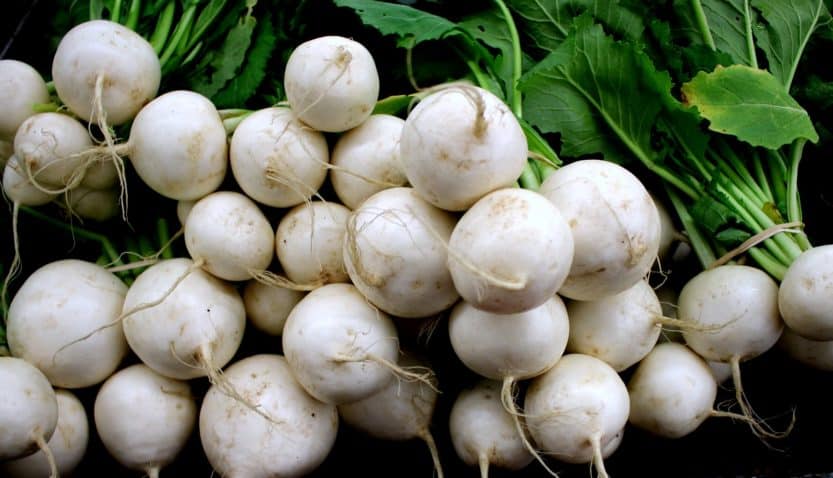
Turnips are versatile and rewarding to plant in July, especially considering their fast-growing nature. They are suitable for cooler climates and typically mature in about 30 to 60 days. Sow seeds ½ inch deep and space them about 4 inches apart. By late summer, you’ll be ready to enjoy both the roots and the greens of this nutritious vegetable.
Collard Greens

Collard greens can thrive when planted in July, as they prefer cooler growing conditions. Plant collard seeds about ½ inch deep, 12 inches apart, to allow for their broad leaves to mature fully. They require temperatures from 50°F to 75°F for optimal growth and can be ready for harvest in 60 to 85 days, providing hearty greens through the fall season.
Flowers To Plant
July is also a great time to fill your garden with vibrant flowers that will brighten your landscape. Here are ten beautiful flower options for late-summer planting.
Zinnias

Zinnias are resilient annuals that thrive when planted in July. They love the heat and can tolerate temperatures up to 90°F. Plant seeds directly ½ inch deep and about 12 inches apart in well-drained soil with full sun. These cheerful flowers bloom in a variety of colors and will attract butterflies, making your garden come alive.
Sunflowers

Ideal for warm summer weather, sunflowers can be planted in July for a breathtaking display. They tolerate heat well and should be planted 1 inch deep with a spacing of 24 inches. Sunflowers typically take 70 to 100 days to bloom, so depending on the specific variety, you may enjoy their tall, cheerful heads before autumn.
Marigolds
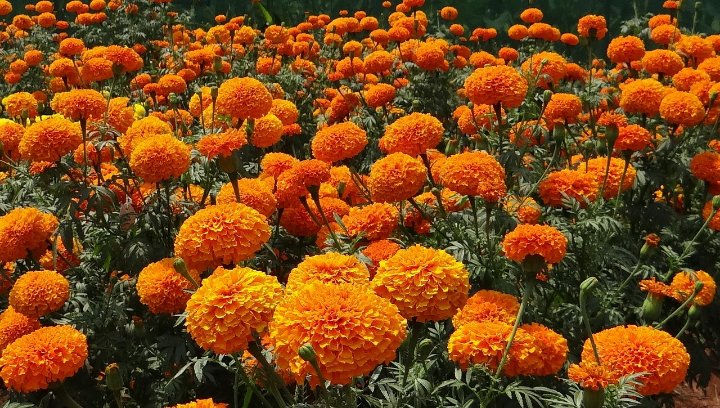
Marigolds are hardy annuals that thrive in the hot July sun. They flourish in well-drained soil with full sun exposure and can be planted ½ inch deep, spaced about 10 to 12 inches apart. These resilient flowers are not only beautiful but also deter pests in your garden.
Cosmos

Cosmos are charming, delicate flowers that enjoy warm temperatures. They are drought-tolerant and thrive in poor soil, making them an excellent choice for Missouri’s summer gardens. Plant cosmos seeds ¼ inch deep, spaced about 12 inches apart, and enjoy their vibrant blooms from late summer into fall.
Asters
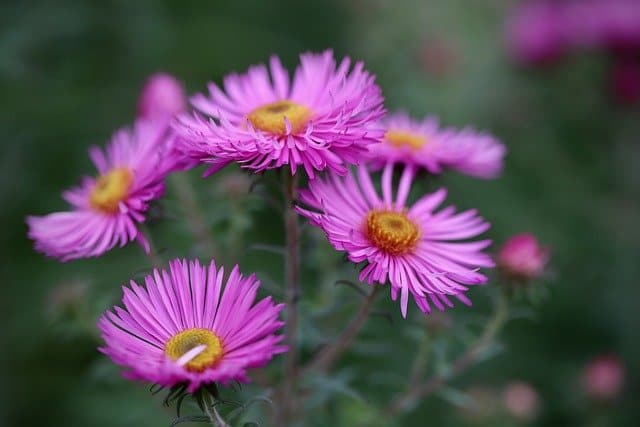
Asters can be sown in July, especially in the cooler regions of Missouri. These perennial flowers prefer well-drained soil and can tolerate light frosts. Plant seeds 1/4 inch deep and about 12 inches apart. Asters bring a pop of color to your garden in the fall, with blooms typically ready in late summer.
Black-eyed Susans
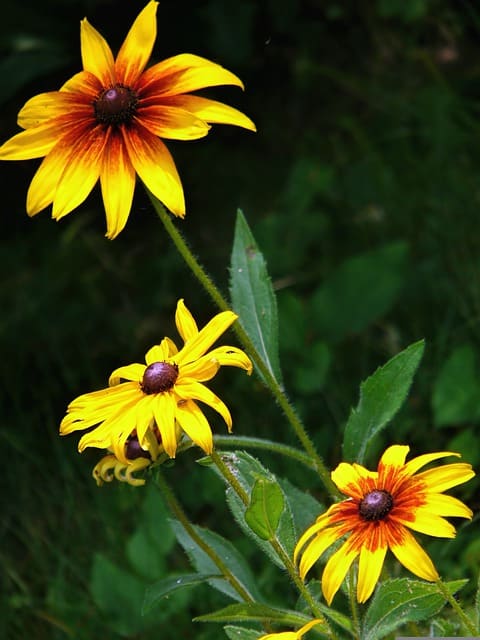
Black-eyed Susans are iconic prairie flowers that are perfect for planting in July. They blossom in warm weather and thrive in full sun, ideally in well-drained soils. Plant them 1 inch deep and 12 inches apart. These perennials are known for attracting pollinators and will brighten your landscape from late summer through autumn.
Snapdragons
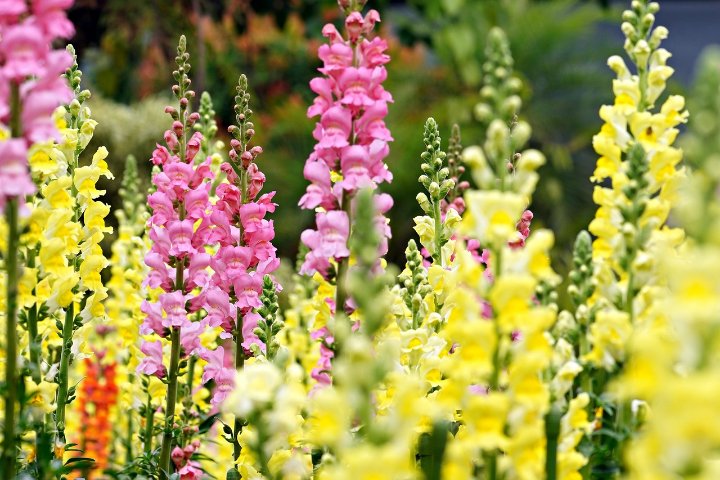
Snapdragons can be tricky, yet they can thrive when planted in July in Missouri’s cooler zones. These charming flowers prefer cooler temperatures, so consider starting them indoors and transplanting them as the weather cools. Plant seeds ¼ inch deep for vibrant blooms that can provide late summer and fall color.
Perennial Geraniums
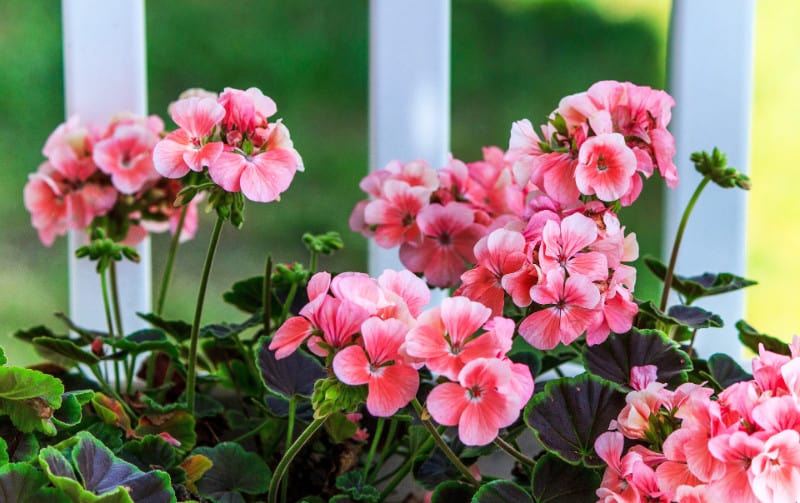
Perennial geraniums can be planted in July in Missouri for stabilizing garden boundaries and ground cover. They thrive in well-drained soil and prefer partial shade to full sun. Space them about 12 inches apart, and enjoy their lovely blooms that will return year after year for continuous color.
Coneflowers
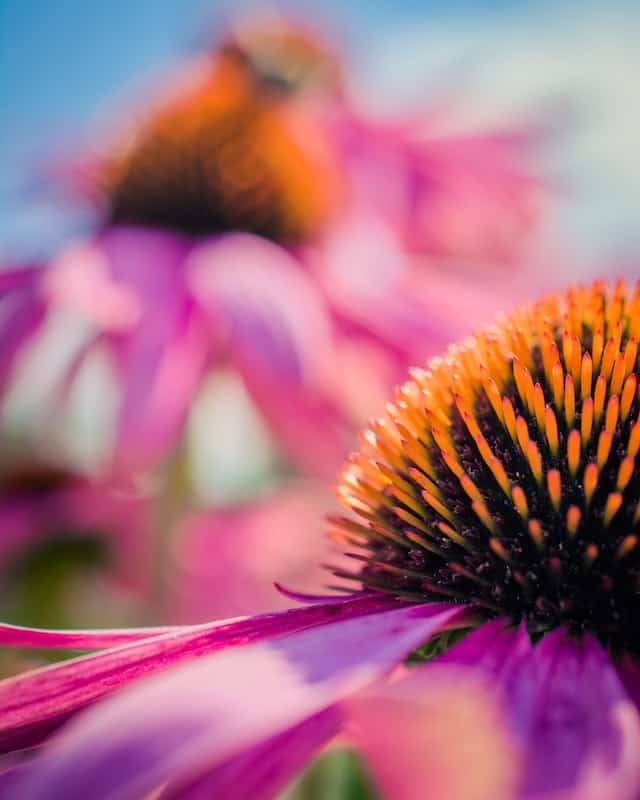
Coneflowers, or Echinaceas, are drought-tolerant and hardy, making them an excellent option for July planting. They thrive in well-drained soil and full sun, with seeds planted about ¼ inch deep and spaced 12 inches apart. With their unique flower heads, these perennials will bring beauty and attract butterflies to your garden.
Coreopsis
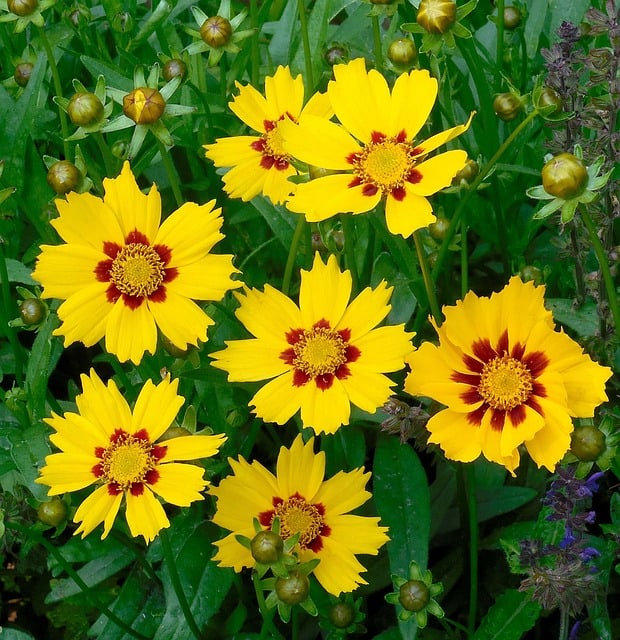
Coreopsis is another lovely perennial that can be planted in July. These flowers prefer full sun and can handle heat and drought once established. Plant seeds about ¼ inch deep and 12 inches apart. With a maturation time of around 60 to 90 days, expect vibrant blooms that will continue to bring joy into the fall.
Herbs To Plant
Herbs are not just great for culinary pursuits; they also thrive when planted in July. Here are ten herbs that can be sown or transplanted this month in Missouri.
Basil
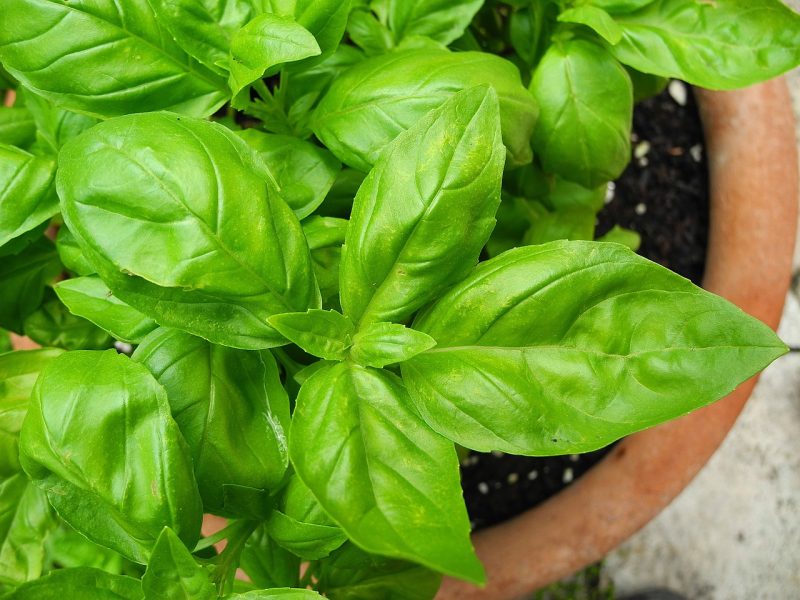
Basil is a beloved herb that thrives in warm weather, making it perfect for July. This herb likes temperatures between 70°F and 90°F, and planting can be done by sowing seeds ¼ inch deep in well-drained soil 12 inches apart. By late summer, you’ll enjoy a bounty of fragrant leaves perfect for enhancing your culinary creations.
Cilantro
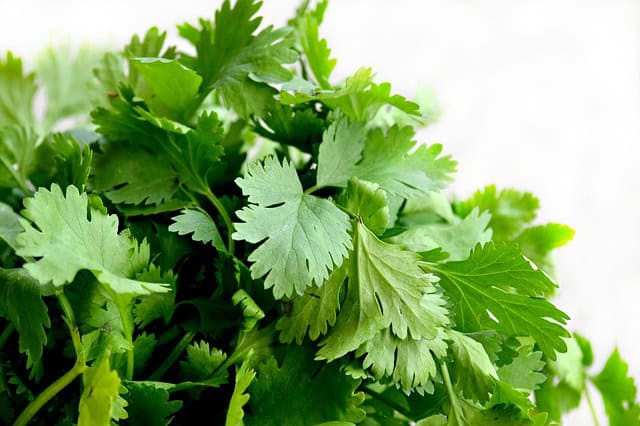
Cilantro can be successfully planted in July, particularly in the cooler regions of Missouri. This herb prefers cooler temperatures below 80°F and soils that retain moisture yet drain well. Sow seeds about 1/4 inch deep and 6 inches apart. With a quick growth time of about 30 days, you can enjoy fresh cilantro in your dishes by early August.
Dill
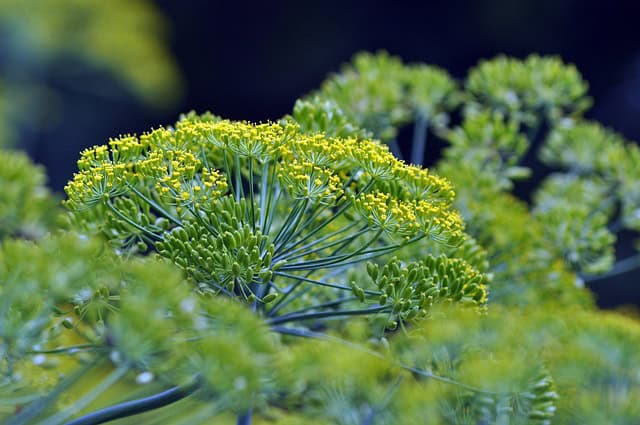
Dill is a delightful herb that thrives in warmer temperatures. Plant seeds about ½ inch deep and spaced 12 inches apart in well-drained soil. Dill prefers partial shade in the hottest part of summer but will grow well in the sun and typically takes about 40 to 60 days to harvest, yielding flavorful feathery leaves.
Oregano
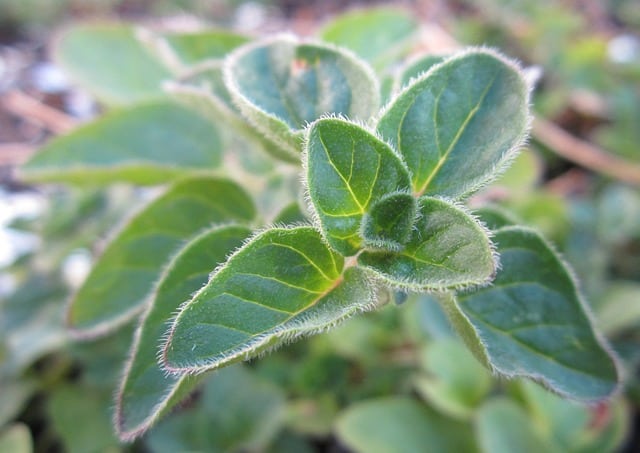
Oregano can tolerate drought and enjoys hot summer temperatures. Plant seeds ¼ inch deep in well-drained soil at a spacing of 12 inches apart. The herb develops flavors that intensify with time, usually taking about 60 days to reach a point where harvest can begin. Fresh oregano can elevate your summer dishes deliciously.
Thyme
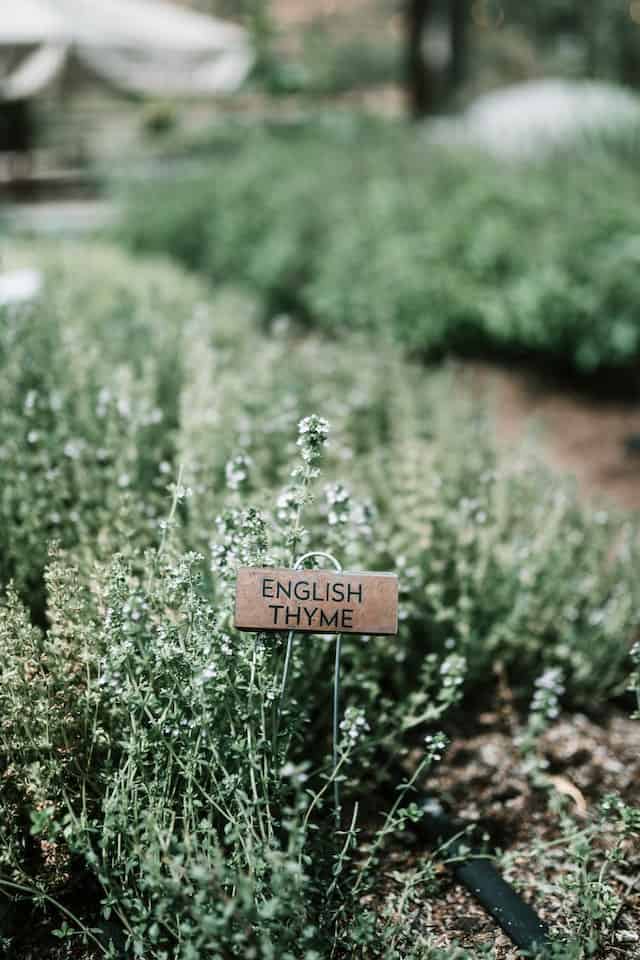
Thyme is a resilient herb well-suited for July planting, flourishing in average to poor soil that drains well. Plant seeds about ¼ inch deep and space them at least 12 inches apart. Although it can take up to a year to grow into a robust plant, fresh thyme can be harvested once it reaches 4 to 6 inches tall.
Chives

Chives are hardy and easy to care for. They can be planted in July, with seeds sown about ¼ inch deep and spaced 12 inches apart. Chives prefer full sun but can tolerate light shade, and they will typically be ready for harvest in about 60 days. Their delicate onion flavor is an excellent addition to many dishes.
Lemon Balm

Lemon balm is a fragrant perennial that can thrive when planted in July. Preferring well-drained soil and plenty of sunshine, plant seeds ¼ inch deep and space them about 12 inches apart. This herb grows quickly and can be harvested within 60 days, offering a refreshing addition to teas and salads.
Mint
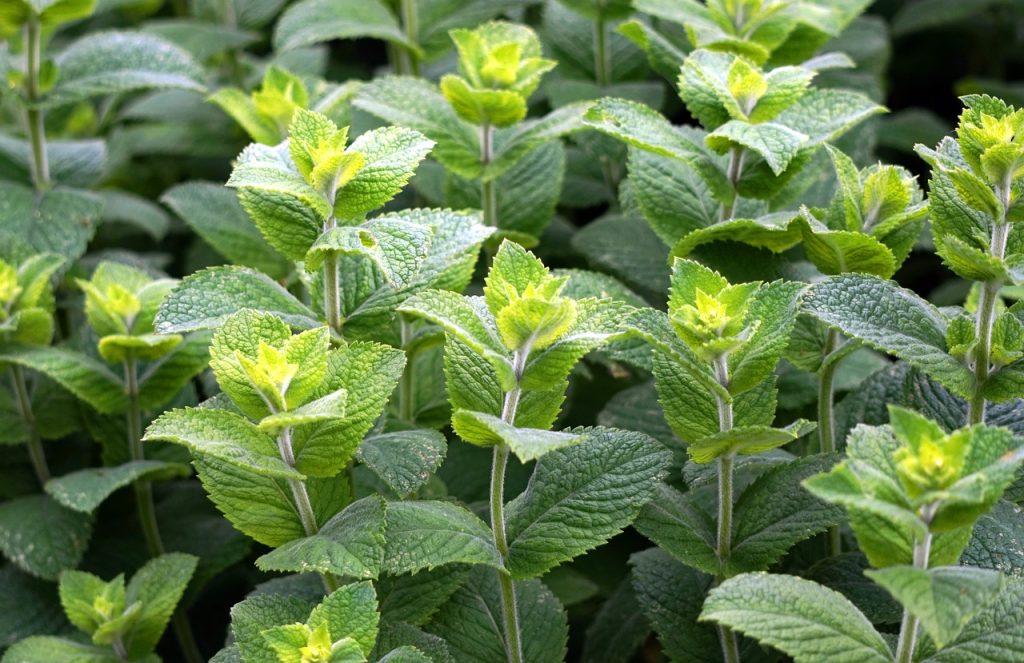
Mint thrives in Missouri’s warm summer months and can be planted in July. Plant it ¼ inch deep and 12 inches apart in well-drained, moist soil. While it can be aggressive, its refreshing flavor is worth the effort. Mint can be harvested in about 30 to 60 days, perfect for teas or garnishes.
Parsley
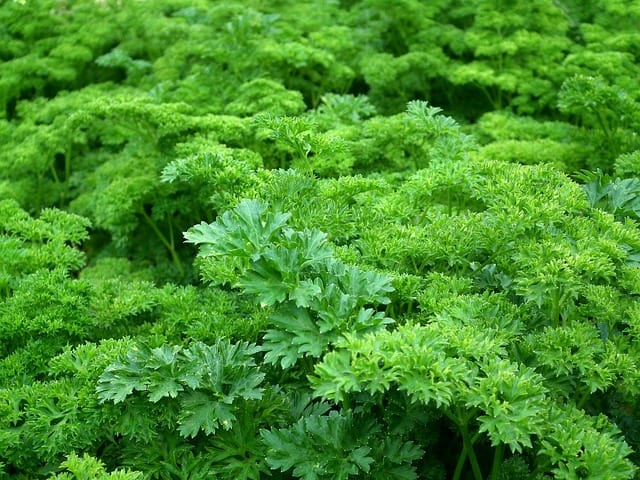
Parsley is a versatile herb that can be planted in July as well. Sow seeds about ¼ inch deep and space them 6 to 12 inches apart. Parsley enjoys rich, well-drained soil, and with a maturation time of about 70 to 90 days, it can be ready for harvest in the fall should the conditions remain favorable.
Sage

Sage is a traditional herb that does well when planted in July. It prefers well-drained soil and sunny locations, ideally with a 6 to 12-inch spacing. Sage can take about 75 days to grow sufficiently; however, young leaves can be harvested sooner, adding delightful flavor to your cooking.
Landscape Plants To Plant
Choosing the right landscape plants to enhance your garden is essential. Here are ten plants suitable for planting in July in Missouri.
Hydrangeas

Hydrangeas are popular perennial shrubs perfect for Missouri landscapes. They prefer well-drained soil and full to partial sun. Plant them at least 3 feet apart to support their expansive growth. Hydrangeas can thrive in warmer temperatures, making them adaptable to July planting. With proper care, depending on the variety, they can bloom by late summer, offering stunning flowers in several colors.
Daylilies
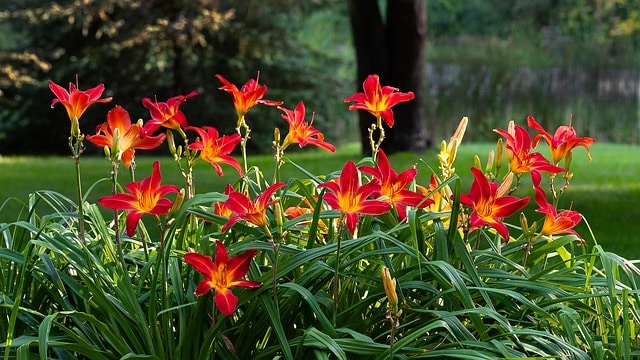
Daylilies are exceptionally hardy and thrive when planted during July. These perennials love full sun and can tolerate various soil types. Plant them 12 to 18 inches apart, allowing room for their foliage to flourish. They typically bloom in late summer, providing color and a delightful show before the fall.
Ornamental Grasses
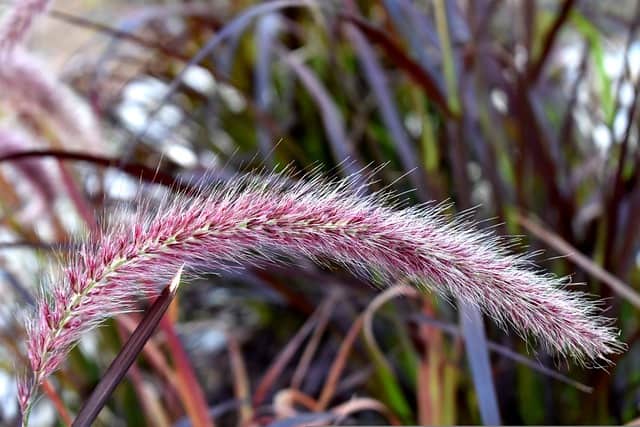
Ornamental grasses are a lovely addition to landscapes, bringing a sense of movement and texture. Plant them in well-drained soil in full sun at least 18 inches apart. With minimal maintenance, they inspire beauty with their feathery plumes that come alive in the autumn breeze.
Coneflowers

Coneflowers can also serve as landscape plants in addition to their flowering habits. With a maturation rate of around 80 days, they are resilient and attract pollinators to your yard. Plant them in full sun with well-drained soil, spaced about 12 inches apart, to enjoy their beauty from late summer through fall.
Butterfly Bush
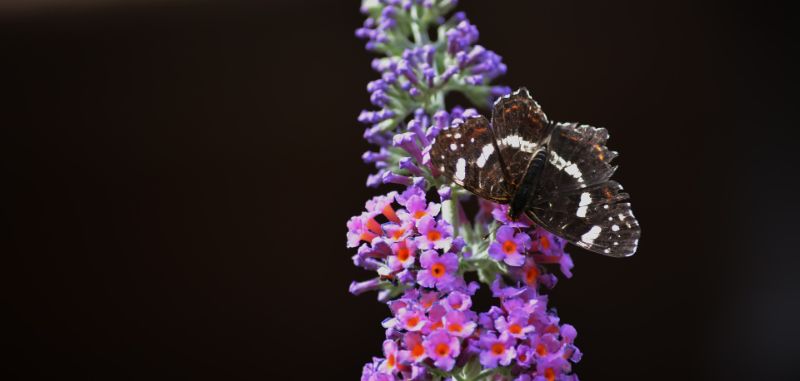
Butterfly bushes are incredibly attractive to pollinators, making them a wonderful option for July planting. They thrive in full sun and well-drained soils, requiring a spacing of approximately 4 feet. These bushes can reach impressive heights and begin blooming around mid-summer to provide a stunning landscape display.
Sedum

Sedum is a drought-tolerant and low-maintenance perennial ideal for planting in July. This succulent thrives in full sun, prefering well-drained soils. Plant them about 12 inches apart, allowing for their spreading habit. With their unique texture and fall flowering, they bring year-round appeal.
Russian Sage
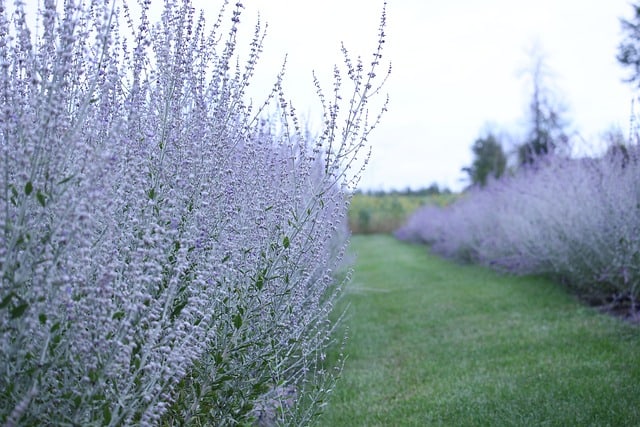
Russian Sage is a durable perennial that loves sunny spots and dry soils. Ideal for July planting, it should be spaced about 3 feet apart. It attracts pollinators while featuring silver-gray leaves and beautiful blue flowers, creating a striking landscape effect well-suited for Missouri gardens.
Rose of Sharon
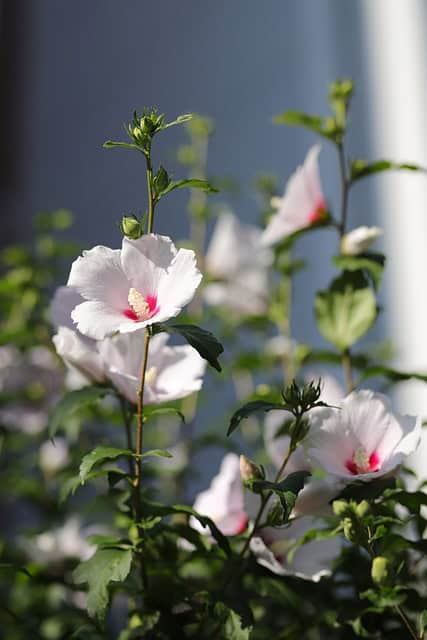
The Rose of Sharon is a hardy shrub with an extended bloom period, providing captivating flowers through late summer. These plants are perfect for borders and need plenty of sunlight. When planting, provide adequate space of about 4 to 6 feet, as they can grow upright and require room to flourish.
Spirea

Spirea is a versatile shrub that grows quickly and offers lovely blooms throughout the summer. Plant them approximately 3 feet apart in full sun to partial shade. The flowers come in clusters, adding excellent color to your garden. They’re drought-resistant once established, making them an ideal choice for low-maintenance landscapes.
Serviceberry
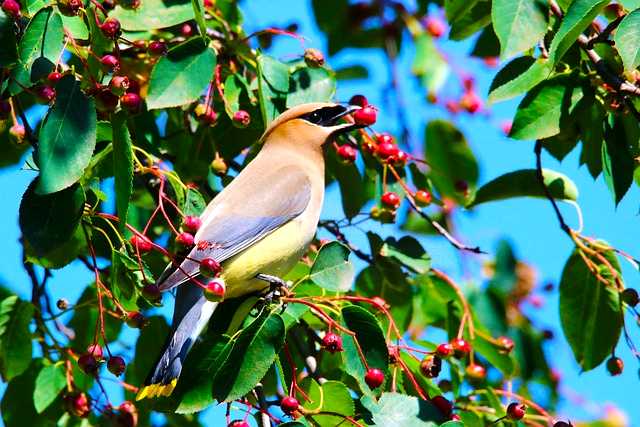
Serviceberry trees are attractive and offer lovely white blooms in health, and they produce delicious berries in summer. Plant these small trees about 15 feet apart, preferably in well-drained soil and sun to partial shade. They thrive in July planting and attract birds and other wildlife to your garden, creating a dynamic ecosystem.





